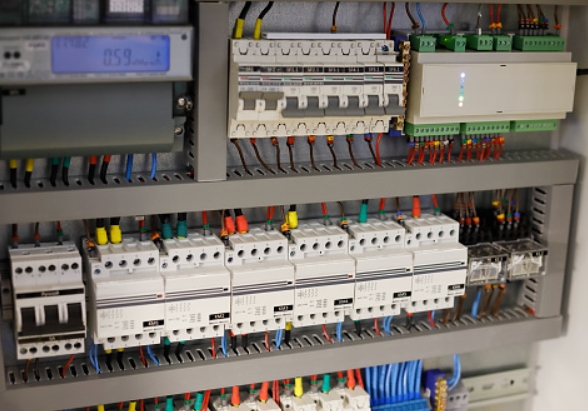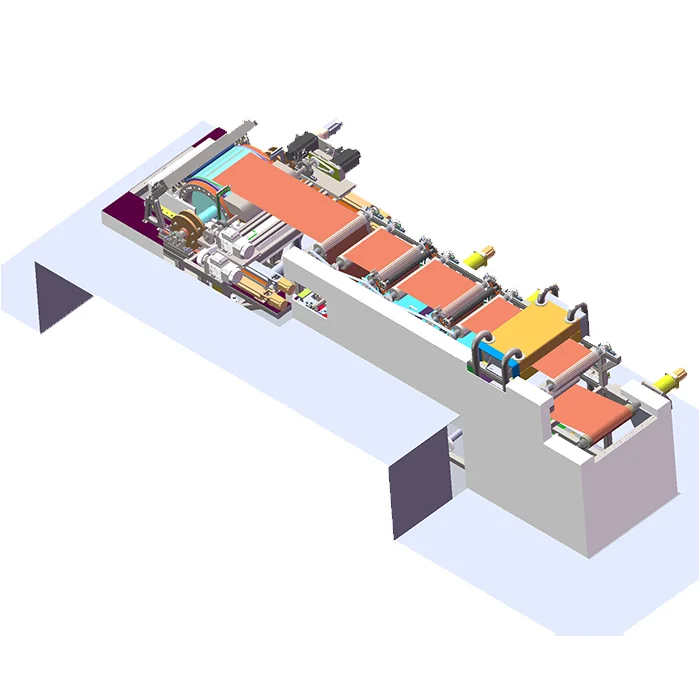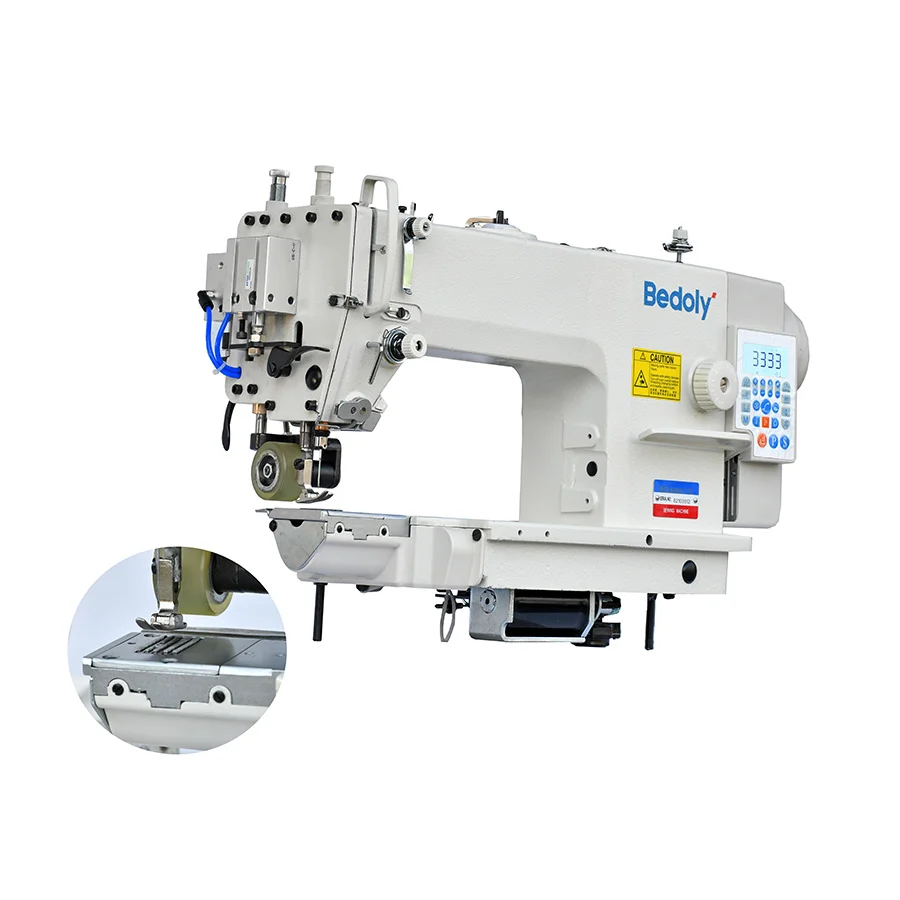
In the electrical world, switchgear and switchboard are two terms often encountered but often misunderstood. While they may seem interchangeable, they serve distinct purposes and have significant differences in their design, function, and application. Let's delve into the details of these two crucial components to understand their key distinctions.
Switchgear: The Backbone of Electrical Systems
Switchgear is a general term referring to a collection of electrical switches, fuses, relays, and other associated equipment. It's the central hub of an electrical system, designed to distribute, control, and protect power. Switchgear is typically installed in large, enclosed metal cabinets to ensure safety and durability.
The key features of switchgear include its ability to handle high voltages and currents, its modular design for easy expansion and modification, and its advanced protective features such as circuit breakers and fuses. Switchgear is often used in industrial settings, commercial buildings, and utilities where reliable and safe power distribution is crucial.
Switchboard: The Workhorse of Electrical Distribution
On the other hand, a switchboard is a panel that contains multiple switches, usually mounted on a single board. It's primarily used to distribute electrical power to various circuits or devices within a building or facility. Switchboards are typically found in residential, commercial, and industrial settings.
Switchboards are less complex than switchgear and are typically not enclosed in metal cabinets. They are designed to handle lower voltages and currents and are often used for basic power distribution tasks, such as controlling lighting systems or small appliances.
The Main Difference: Complexity and Application
The main difference between switchgear and switchboard lies in their complexity and application. Switchgear is a more comprehensive and robust system, designed for high-voltage and high-current applications in large-scale electrical systems. It offers advanced protective features and is capable of handling more complex power distribution tasks.
In contrast, switchboards are simpler and more lightweight, suitable for basic power distribution needs in smaller-scale systems. They are commonly used in residential and commercial buildings for tasks like controlling lighting or small appliances.
Conclusion
Understanding the distinction between switchgear and switchboard is crucial for ensuring the efficient and safe operation of electrical systems. Switchgear, with its advanced features and capabilities, is the backbone of large-scale electrical systems, while switchboards serve as the workhorse for basic power distribution tasks in smaller systems. By appreciating these differences, we can make informed decisions about the appropriate use of these critical components in various applications.



